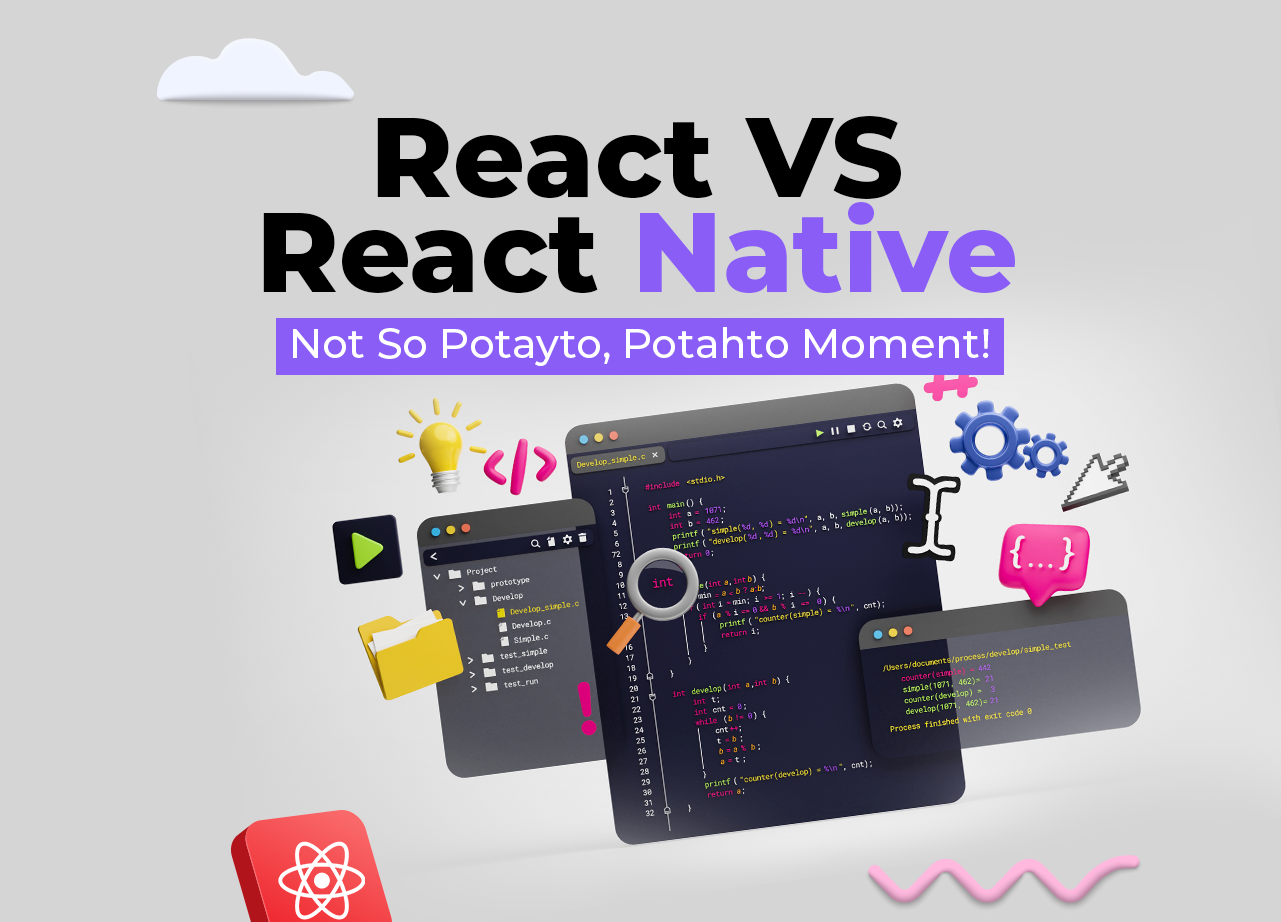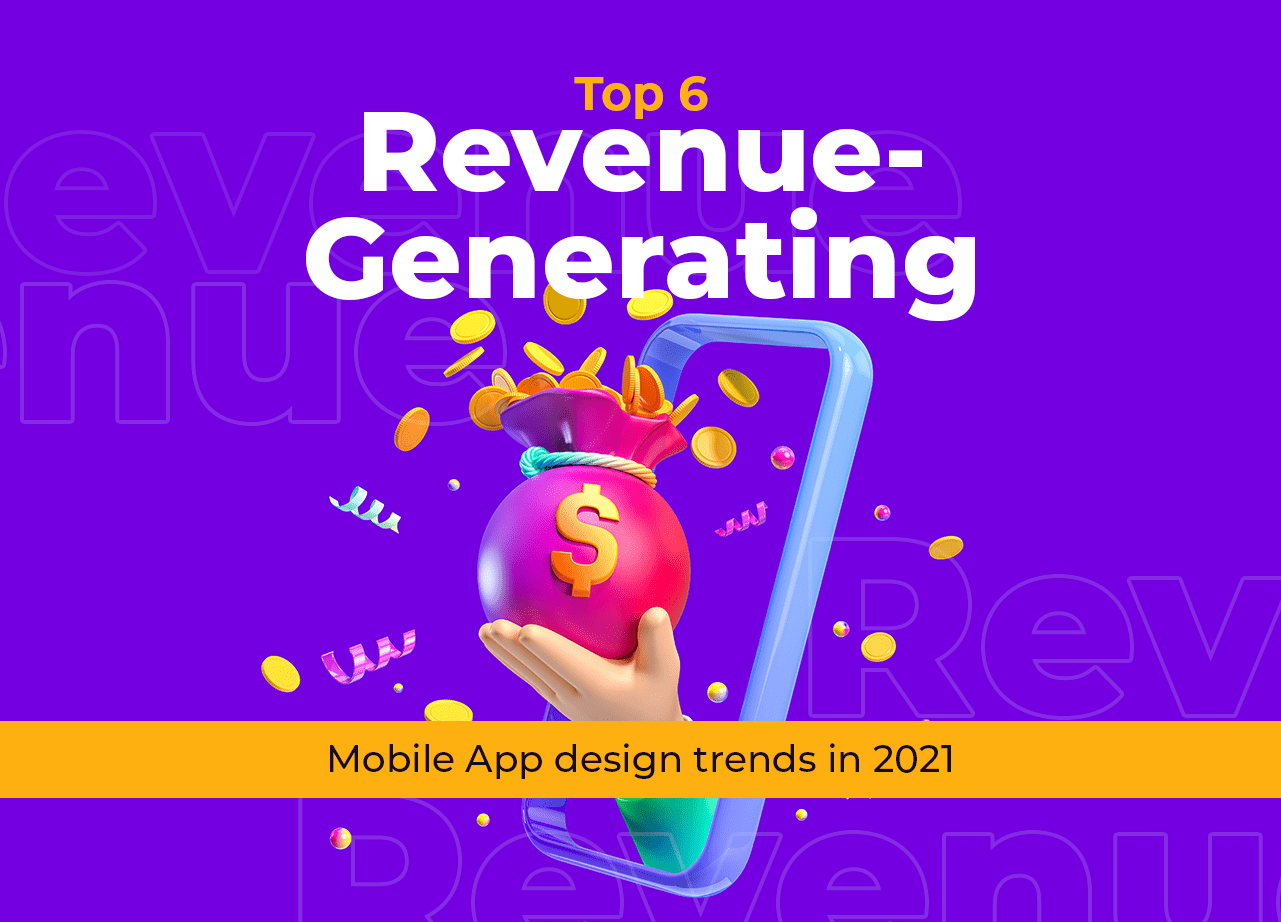So, you’re about to embark on a front-end development project and you find yourself standing at a crossroads. On one side, there’s React, a popular JavaScript library known for its flexibility and component-based approach. On the other side, there’s Angular, a full-fledged framework that offers a comprehensive set of tools and features. The question is: which one should you choose?
Don’t worry, we have got this cover. Keep reading and explore the strengths and weaknesses of React and Angular. Let’s dive in!
What is React?
For the development of user interfaces, Facebook created the React JavaScript library. It was initially published in 2013, and since then the web development community has embraced it widely and given it a ton of popularity. Building dynamic and interactive UI components with React enables developers to quickly update and display changes to the user experience.
When did React become popular?
React gained significant traction and popularity shortly after its release. Its popularity soared due to its innovative approach to building user interfaces and its ability to handle complex applications efficiently. The release of React Native in 2015, which extended React’s capabilities to mobile app development, further contributed to its popularity. Today, React is widely used in both small-scale projects and large-scale applications, making it one of the most dominant front-end frameworks in the industry.
Pros of React:
Virtual DOM: React’s virtual DOM efficiently updates and renders changes to the user interface, resulting in faster performance compared to traditional direct DOM manipulation. It updates only the necessary parts of the UI, leading to a smoother user experience.
Component-Based Architecture: React promotes a modular approach to building UI components, allowing for reusability and easier maintenance. Components can be composed and nested, creating a clear and organized structure for the application.
Vast Ecosystem and Community Support: React has a thriving ecosystem with a wide range of open-source libraries, tools, and community-driven solutions. This extensive ecosystem makes it easier to find pre-built solutions for common challenges and fosters active community support.
React Native: With React Native, you can use React to build mobile applications for iOS and Android platforms. This allows for code sharing between web and mobile applications, reducing development time and effort.
Cons of React:
Steep Learning Curve: React has a learning curve, especially for developers who are new to the concept of component-based architecture and JSX (JavaScript XML) syntax. Understanding concepts like state management and lifecycle methods can take some time and practice.
Tooling Complexity: While React itself is relatively simple, setting up a development environment and configuring build tools can be daunting, especially for beginners. The tooling ecosystem around React can be complex, requiring additional configuration and setup.
Lack of Official Opinionated Structure: React is a library, not a framework, which means it leaves architectural decisions up to the developer. While this flexibility can be advantageous, it can also lead to inconsistent codebases if not properly managed.
Frequent Updates: React releases updates and new features regularly, which can result in versioning challenges and compatibility issues with older projects. Staying up-to-date with the latest changes requires ongoing effort.
What is Angular?
Angular is a full-fledged JavaScript framework developed by Google for building web applications. It was first introduced as AngularJS in 2010, and later, a complete rewrite called Angular (or Angular 2+) was released in 2016. Angular follows the Model-View-Controller (MVC) architectural pattern and provides a comprehensive set of tools and features to facilitate front-end development.
When did Angular become popular?
Angular gained popularity with the release of AngularJS, which introduced a powerful and declarative approach to building dynamic web applications. However, it was the release of Angular 2+ that truly propelled its popularity. The rewrite offered significant improvements in terms of performance, modularity, and developer experience. Since then, Angular has established itself as a prominent framework for enterprise-level applications.
Pros of Angular:
Comprehensive Framework: Angular is a complete solution that provides a clear structure and guidelines for building complex applications. It offers features like dependency injection, data binding, routing, form handling, and testing out of the box. This integrated approach saves developers from making choices about third-party libraries and ensures compatibility between different parts of the application.
Structure and Maintainability: Angular enforces a structured architecture that promotes code organization and maintainability. The separation of concerns in the MVC pattern makes it easier for teams to collaborate, understand, and maintain codebases, particularly in large-scale projects.
Powerful CLI: Angular’s Command Line Interface (CLI) is a valuable tool that streamlines the development process. It provides generators and scaffolding for creating components, services, modules, and more, reducing the boilerplate code and enabling developers to focus on the core logic of the application.
Robust Tooling and Ecosystem: Angular offers a rich ecosystem of libraries, tools, and extensions that enhance developer productivity. Angular Material provides a comprehensive set of UI components, while tools like Protractor simplify end-to-end testing. The wide community support ensures a wealth of resources and solutions for common challenges.
Cons of Angular:
Learning Curve: Angular has a steeper learning curve compared to some other frameworks due to its comprehensive nature and the need to understand concepts like decorators, modules, and dependency injection. Developers new to Angular may require time and effort to grasp its concepts and best practices.
Performance Overhead: Angular’s extensive feature set and opinionated structure come with a performance cost. The framework itself has a larger bundle size compared to libraries like React, which may affect the initial loading time of the application. However, optimizations like lazy loading and Ahead-of-Time (AOT) compilation can mitigate this issue.
Complex Setup: Setting up an Angular project and configuring the build tools can be more complex compared to other frameworks. The initial setup requires understanding the project structure, module system, and build configurations, which may be overwhelming for beginners.
Versioning Challenges: Similar to React, Angular releases updates regularly. While these updates bring improvements and new features, they can create versioning challenges and compatibility issues with older projects. Keeping up with the latest version and managing upgrades requires attention and effort.
React Vs Angular
| React | Angular | |
| Type | JavaScript library | JavaScript framework |
| DOM | Uses Virtual DOM for efficient updates | Uses real DOM with two-way data binding |
| Structure | Component-based architecture | Follows Model-View-Controller (MVC) pattern |
| Size | Smaller bundle size | Larger bundle size |
| Learning Curve | Relatively easier to learn | Steeper learning curve, especially for beginners |
| Community | Large and active community | Strong community support |
| Ecosystem | Extensive ecosystem with many libraries | Comprehensive built-in tools and features |
| Flexibility | Highly flexible with freedom of choice | Opinionated structure and guidelines |
| Performance | Fast updates with efficient rendering | Slightly slower due to extensive features |
| Mobile Development | React Native for cross-platform mobile apps | No built-in solution, requires additional frameworks like Ionic |
| Tooling | Requires additional setup and configuration | Powerful CLI for streamlined development |
| Updates | Regular updates with potential versioning issues | Regular updates with potential versioning issues |
Conclusion:
Both React and Angular are powerful tools for front-end development, each with its own strengths and considerations. The choice between the two depends on your specific project requirements, team expertise, and personal preferences. Here are some scenarios where each framework shines:
Choose React when:
- Flexibility is a top priority, and you prefer a library rather than a comprehensive framework.
- You want a lightweight solution with a smaller bundle size.
- You value a vibrant and extensive ecosystem with a wide range of community-driven tools and libraries.
- Your project involves building complex and interactive user interfaces that require efficient updates.
Choose Angular when:
- You prefer a complete and opinionated framework that provides a clear structure and guidelines.
- Building large-scale, enterprise-level applications is your primary focus.
- You value a comprehensive set of built-in tools and features, reducing the need for external libraries.
- You prioritize code organization, maintainability, and collaboration within a team.
- Your project requires strong out-of-the-box support for features like dependency injection, data binding, and testing.
- Ultimately, it’s essential to evaluate the specific needs of your project, your team’s familiarity with the frameworks, and the long-term goals of your application. Both React and Angular have proven their worth in the industry and have strong communities supporting them. Experimenting with both frameworks and prototyping your application can help you make an informed decision that aligns with your project’s unique requirements.
Remember, the best choice is the one that empowers you to build scalable, maintainable, and performant applications while aligning with your development team’s expertise and goals.
Whether you choose React, Angular, or any other framework for your front-end development needs, Communication Crafts is here to help. With our pool of 4000+ rigorously vetted and project-ready developers, we can provide you with the talent you need to bring your vision to life. Our hiring process is simple and tailored to your specific requirements, ensuring that you find the ideal developer to meet your project’s demands.
 Blog Communication Crafts
Blog Communication Crafts





